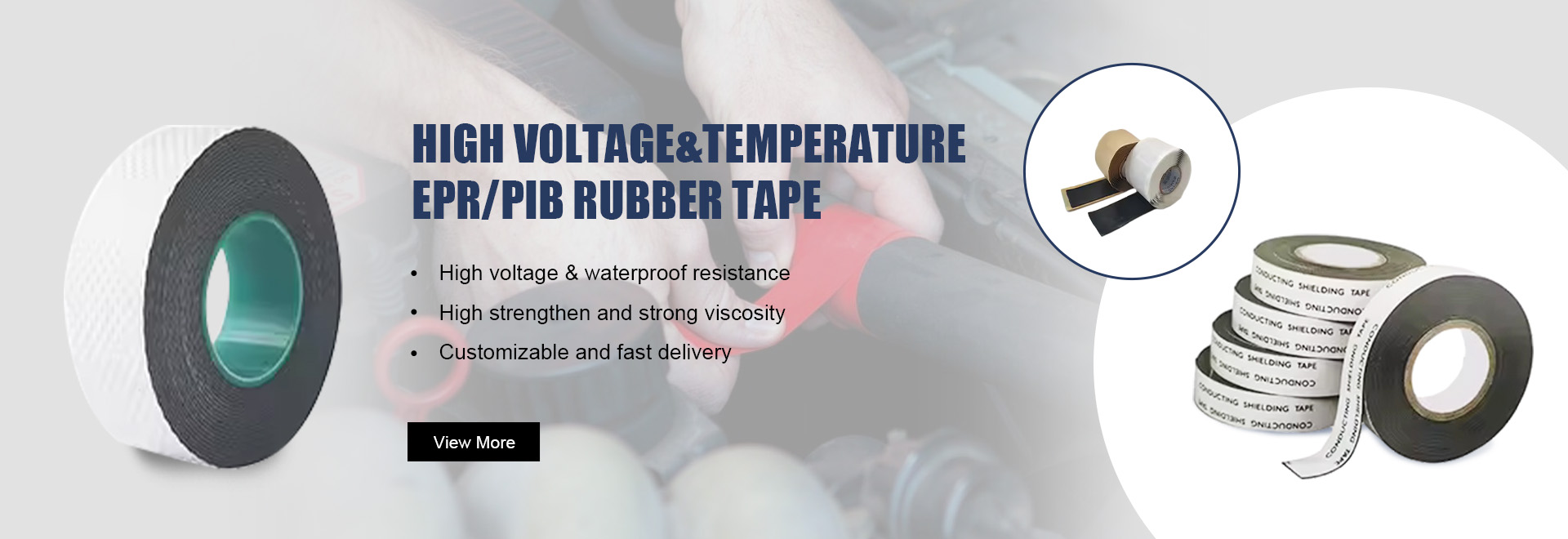Splicing tape is an essential tool in the world of film production and editing. It is used to connect different pieces of film together seamlessly, allowing for smooth transitions between scenes and shots. Splicing tape comes in various types, each serving a specific purpose in the editing process.
One of the most common types of splicing tape is the clear adhesive tape. This tape is used to physically splice together two pieces of film, creating a seamless transition between them. It is essential for maintaining the continuity of a film and ensuring that the final product looks professional and polished.
Another type of splicing tape is the magnetic tape. This tape is used in the editing process to align audio tracks with visual footage. By using magnetic splicing tape, editors can synchronize sound effects, music, and dialogue with the corresponding scenes, creating a cohesive and engaging film soundtrack.
splicing tape

In addition to clear adhesive and magnetic tape, there are also specialized types of splicing tape designed for specific purposes
. For example, there is pressure-sensitive tape that is used in high-speed film editing machines to ensure quick and accurate splicing. There is also perforated tape that is used in conjunction with splicing equipment to create precise cuts in the film.Overall, splicing tape is an indispensable tool in the film editing process. It allows editors to seamlessly combine different pieces of film to create a cohesive and coherent final product. Without splicing tape, the editing process would be much more cumbersome and time-consuming, leading to a less polished and professional end result.
In conclusion, splicing tape plays a crucial role in the world of film production and editing. Its ability to seamlessly join different pieces of film together is essential for creating a cohesive and engaging final product. Whether it is clear adhesive tape, magnetic tape, or specialized tape, splicing tape is an invaluable tool for editors looking to create high-quality and professional films.
-
XIANGFAN Rubber Tape-Ultimate Solutions for All Your Insulation NeedsNewsJun.24,2025
-
XIANGFAN Rubber Tape-Protection for Industrial and Residential ApplicationsNewsJun.24,2025
-
XIANGFAN Rubber Tape: Superior Safety and Sealing for Demanding EnvironmentsNewsJun.24,2025
-
XIANGFAN Rubber Tape: Reliable Solutions for Every Electrical ChallengeNewsJun.24,2025
-
XIANGFAN Electrical & Industrial Tape: Powering Reliability Across IndustriesNewsJun.24,2025
-
XIANGFAN Electrical & Industrial Tape: Excellence in Every ApplicationNewsJun.24,2025
